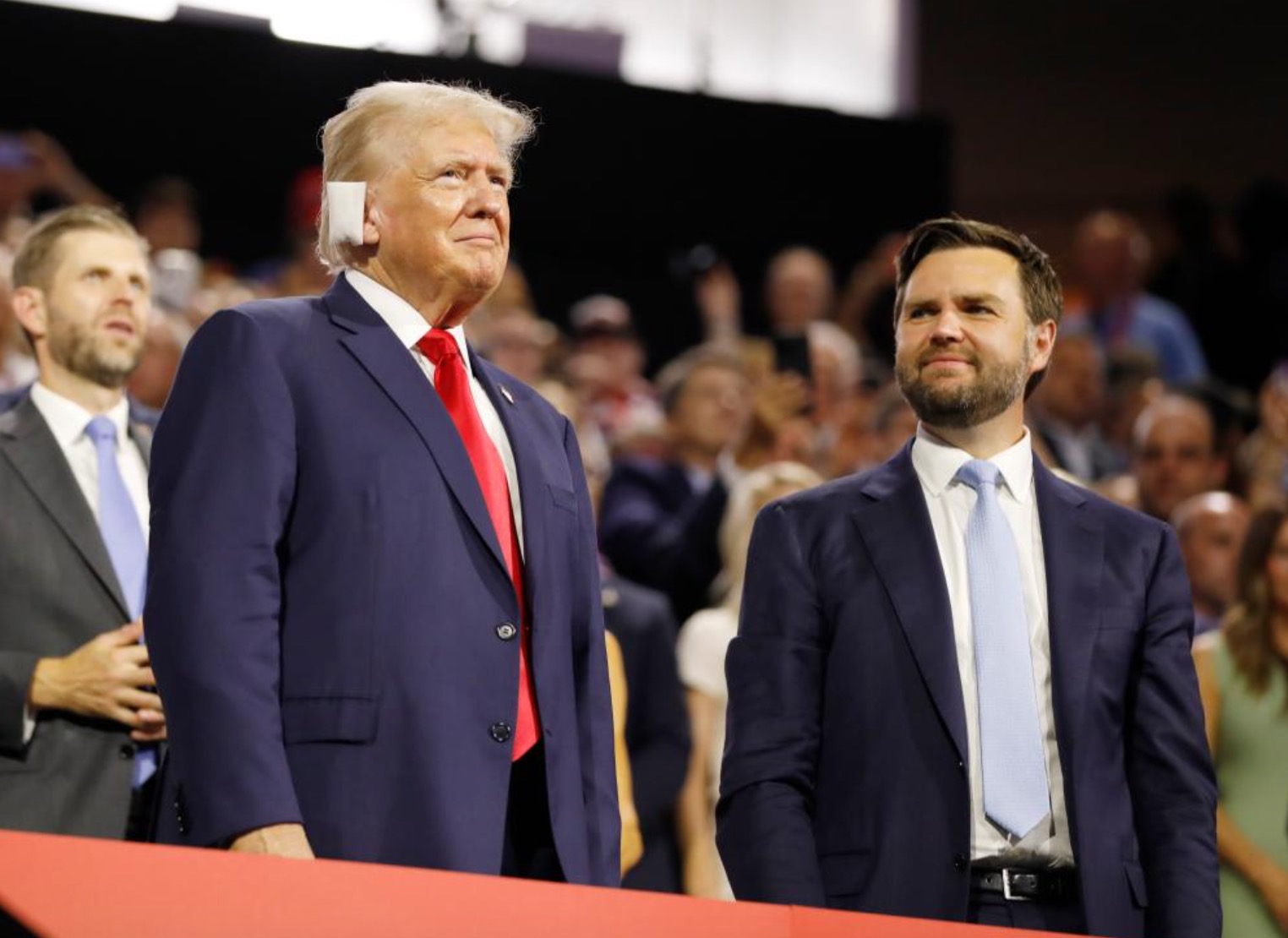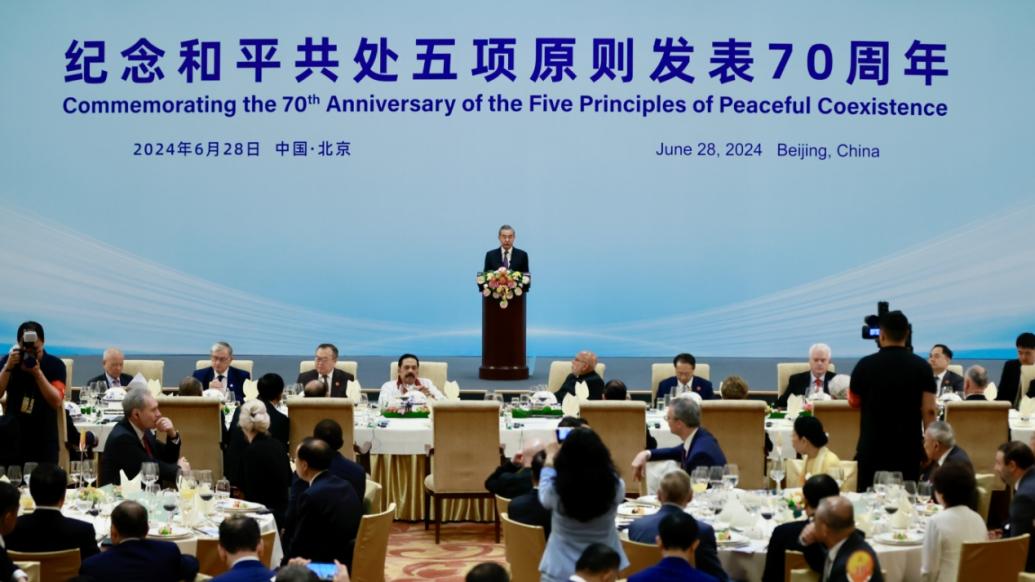Abstract
In 2020, the Federal Reserve implemented an unlimited quantitative easing policy, infusing substantial US dollar liquidity into the global capital market. This action precipitated the rapid emergence of a wealth illusion in virtual assets, as evidenced by the soaring US stock market indices and the record-breaking total value of international mergers and acquisitions (M&A) in 2021.
Despite a partial correction in the US M&A market in 2022, profit-driven capital continues to demonstrate enthusiasm for acquiring US-based companies. It is anticipated that cross-border acquisitions of these companies will maintain a dominant role in the global M&A market in 2023. This article examines and analyzes three noteworthy risks that warrant consideration in the US cross-border M&A market: national security review, antitrust enforcement, and judicial litigation risks.
Introduction
Numerous governments implemented expansionary fiscal and monetary policies in an effort to stimulate economic growth following the onset of the global pandemic.
Specifically, the Federal Reserve's initiation of an unlimited quantitative easing policy on March 23, 2020, played a crucial role in injecting substantial U.S. dollar liquidity into the international capital markets.
This surplus of U.S. dollars generated a short-term illusion of wealth in the realm of virtual assets, such as cryptocurrencies and non-fungible token (NFT) collections. Concurrently, the era of relatively inexpensive capital significantly bolstered financial markets, resulting not only in the Dow Jones Industrial Average and other U.S. stock market indices reaching unprecedented heights, but also in a marked increase in global merger and acquisition activity, culminating in an all-time high.

Figure 1: Total value of the global M&A market and Dow Jones Industrial Average stock market index (2003-2022)
(Made by Z. Zeng with data from Bloomberg)
Investors have demonstrated growing enthusiasm for acquiring U.S. companies as the American stock market and global M&A transactions have experienced rapid development. As reported by Bloomberg (see Figure 1), non-U.S. acquirers purchasing American companies contributed to an acquisition value of approximately $250 billion in 2022, accounting for nearly 20% of the global cross-border M&A value. In 2023, geopolitical shifts and the Federal Reserve's interest rate adjustments may give rise to black swan or grey rhino events that could impact the international order. However, the fervor of profit-seeking capital for the acquisition of U.S. companies and assets persists unabated (see Figure 2).
Figure 2: Target countries for cross-border M&A intentions in 2023
(Source: Denton)
This paper examines and analyzes three critical political and legal compliance risks requiring attention in the acquisition of American companies. The industry must adequately prepare for the political and regulatory complexity inherent in cross-border mergers and acquisitions (M&A), taking into account the subjects, targets, and industries involved in individual cases, and devising appropriate strategic plans for specific transaction strategies, structures, and financing.
Risks in the U.S. M&A Market
Overall, the U.S. M&A market is relatively accessible. However, if acquisition targets involve technology, data, or other sensitive industries, or if acquisition subjects are identified as being funded or affiliated with a foreign government, it is crucial to carefully consider the evolution of the political ecology and regulatory trends in the United States.
(1) Security Review Risks
In the strategic planning of U.S.-related acquisitions, the primary transaction compliance objective is to assess the risk probability, time cost, and review outcomes of being scrutinized by the Committee on Foreign Investment in the United States (CFIUS). The CFIUS 2021 Annual Report, submitted by the U.S. Department of the Treasury to the U.S. Congress in August 2022, reveals that notices submitted to CFIUS for national security review increased from 114 in 2012 to 272 in 2021, encompassing finance, information, mining, construction, and various other industries.
Figure 3. Industrial Distribution of CFIUS Review (2012-2021)
(Source: CFIUS 2021 Annual Report )
The advent of a new era in the CFIUS security review process was marked by the enactment of the Foreign Investment Risk Review Modernization Act (FIRRMA) in 2018, followed by a series of implementation details promulgated by the U.S. Department of the Treasury, such as the Provisions Pertaining to Certain Investments in the United States by Foreign Persons.
Subsequently, the jurisdiction of CFIUS expanded from domestic commercial activities to include foreign ones. The Committee now possesses the authority to review not only the acquisition of companies that, although not registered in the United States, maintain substantial business within the U.S., but also corporations without significant U.S. business operations that conduct foreign activities related to interstate commerce.
FIRRMA and its accompanying implementation details have not only broadened the scope of CFIUS jurisdiction but have also extended the review period. Furthermore, while FIRRMA establishes a voluntary submission process for simplified declarations, in addition to formal notices aimed at expediting the review procedure, it also imposes mandatory declaration obligations for specific transactions, including acquisitions involving critical technologies, infrastructure, or sensitive personal data of U.S. citizens.
Personal data has increasingly become a focal point for the CFIUS scrutiny, particularly in cases involving Chinese investors. For instance, as early as 2017, CFIUS asserted that it did not approve Ant's acquisition of MoneyGram due to concerns surrounding the protection of national financial information. The CFIUS 2021 Annual Report further revealed that Chinese investors were predominantly reviewed, accounting for 16.5% (44 reviews), followed by Canada and Japan, which constituted 10.3% and 9.6% (28 and 26 reviews) respectively, of the foreign investment reviews conducted by CFIUS in 2021.
The National Security Strategy, unveiled by the United States in October 2022, explicitly identifies China as "the only competitor with both the intent to reshape the international order and, increasingly, the economic, diplomatic, military, and technological power to advance that objective." Consequently, China's M&A investments will undoubtedly be the primary focus during CFIUS reviews, particularly those involving critical industries such as intellectual property, personal data, and cutting-edge or emerging technologies.
Hence, it is essential for market participants to conduct a self-assessment of the national security risks of a covered transaction during the initial stages of M&A preparation to ascertain whether CFIUS attention will be drawn and whether a mandatory declaration is necessary. Furthermore, M&A parties may opt for a more expeditious review of the CFIUS automatic declaration application to mitigate risks in advance.
(2) Antitrust Enforcement Risks
The merger control of M&A transactions is a central aspect of antitrust legal systems in various countries. Antitrust enforcement in the United States has significantly influenced the economic development of the U.S. and the world since the implementation of the Sherman Antitrust Act in 1890.
For instance, in the case of Standard Oil Co. of New Jersey v. United States (1911), the Supreme Court of the United States ordered Standard Oil to be divided into several regional oil companies. Consequently, the oil industry in the United States and the world was no longer monopolized by a single entity. Another notable example is Microsoft Corp. v. United States (2001), in which the Department of Justice reached a settlement with Microsoft. Microsoft agreed to pay a fine and release portions of its Windows source codes, enabling computer manufacturers to choose their operating systems freely and fostering the growth of companies like Apple and Google.
In July 2021, President Joe Biden issued the Executive Order on Promoting Competition in the American Economy, which aims to address the most pressing competition issues in the U.S. economy. The order directs law enforcement agencies to not only combat anti-competitive behaviors in traditional industries such as agriculture, pharmaceuticals, and labor, but also to intensify the review and supervision of dominant extensive technology platforms' stifling M&A of new competitors.
The U.S. antitrust law enforcement agencies, spearheaded by the Federal Trade Commission (FTC) and the Antitrust Division of the Department of Justice (DOJ), have intensified the scope and rigor of merger reviews. Notably, following Lina Khan's appointment as Chair in June 2021, the FTC has heightened its scrutiny of vertical mergers and broadened the ambit of merger reviews. Concurrently, the agency has reinforced its examination of M&A transactions that could result in an unduly concentrated market and stifle competition, particularly within the realms of technological innovation and the data economy. In 2021, the FTC issued 42 investigatory letters concerning M&A, nearly twice the number issued in 2020, marking the highest level in over a decade.
For instance, the FTC objected to the proposed vertical merger between Nvidia Corp., an American semiconductor provider, and ARM, a British chip design supplier, in December 2021. The Commission posited that semiconductor chips underpin computers and technology, and the proposed transaction would grant one of the foremost chip companies control over the computing technology and designs upon which other market participants would depend for developing their competitive chips. Post-merger, the company would possess both the means and the incentive to stifle the next generation of innovative technologies, including those employed in data centers and driver assistance systems. Owing to regulatory opposition from the FTC, Nvidia was compelled to abandon the $40 billion deal.
Accordingly, all parties to a transaction must undertake a self-assessment to ascertain whether the transaction could potentially constrain market competition while preparing for cross-border M&A involving the United States. For transactions that may trigger M&A reviews (particularly those pertaining to technology, platforms, and data), it is prudent to devise strategies in advance to address the regulatory demands of U.S. antitrust authorities, such as expeditiously divesting relevant assets as a compliance measure. Simultaneously, maintaining real-time communication with regulators ensures that the buyer's interests are recognized. In cases where regulatory agencies explicitly refuse to entertain discussions on remedial measures for M&A, transaction parties may proactively seek judicial assistance through legal proceedings.
(3) Judicial Litigation Risks
The predilection for resolving disputes through judicial proceedings, ranging from political matters to economic conflicts, is a salient characteristic of the American legal system. This propensity also embodies the notion of American exceptionalism.
The American capital market, particularly the rules governing mergers and acquisitions (M&A), are largely derived from federal legislation, such as the Securities Act of 1933 and the Securities Exchange Act of 1934. A considerable portion of these rules are based on case law resulting from shareholder litigation, with significant legal precedents in corporate and securities law established by the Court of Chancery of the State of Delaware and the Supreme Court of the State of Delaware.
M&A transactions involving publicly traded American companies frequently give rise to lawsuits initiated by shareholders, labor organizations, management, and creditors from the outset. Such disputes typically culminate in a judicial determination or settlement. Consequently, parties to M&A transactions should anticipate potential litigation risks in the United States, rather than viewing them as supplementary burdens to circumvent.
In order to navigate these risks, parties to cross-border M&A transactions should engage a seasoned team of litigation attorneys as early as possible in the process. These legal professionals should undertake meticulous planning in accordance with established legal principles and specific regulations, as well as thoroughly document transaction information. Additionally, parties should carefully delineate remedial measures for contractual breaches within the M&A agreement, judiciously select applicable laws and dispute resolution forums (such as arbitration or mediation centers), and proactively address potential litigation concerns in pursuit of their most significant rights and interests.
In the case of AB Stable VIII LLC v. MAPS Hotels and Resorts One LLC, AB Stable VIII (a subsidiary of the former Anbang Insurance), the plaintiff, filed a lawsuit against MAPS Hotels and Resorts One (a subsidiary of Mirae Asset Group of South Korea), the defendant. The plaintiff alleged that the defendant breached the transaction agreement following the acquisition and petitioned the Delaware Court of Chancery to order the defendant to pay for 15 American luxury hotels, including the JW Marriott Essex Hotel overlooking Central Park in New York City, for a total of $5.8 billion.
Regrettably, AB Stable VIII engaged Wachtell, Lipton, Rosen & Katz (WLRK), the leading American law firm in M&A, at the late stage of the second trial. In Twitter v. Musk, where WLRK was retained from the beginning, Twitter filed a suit in the Delaware Court of Chancery in July 2022, demanding that Elon Musk complete the acquisition of $44 billion as agreed upon. Ultimately, the court ruled that Musk must complete the deal as agreed in October, with the support of the top law firm.
The Acquisition and Sale Agreement, executed by the plaintiff and the defendant in September 2019, unduly narrowed the scope of the material adverse effect clause in the proviso. The parties hastily agreed that "A Material Adverse Effect shall be measured only against the past performance of the Company and its Subsidiaries, and not against any forward-looking statements, financial projections, or forecasts of the Company and its Subsidiaries."
This imprudent clause confined the target of the material adverse effect to the past performance of the plaintiff company and its subsidiaries, excluding corporate operational prospects, a crucial aspect typically found in M&A agreements. Moreover, no correlation was established between the company's operation and other competitors in the same industry.
As Collins J. Seitz Jr., chief justice of the Delaware Supreme Court, noted in the appellate judgment:
The court read the use of the adverb “only” in conjunction with the phrase “consistent with past practice” to mean that “the parties created a standard that looks exclusively to how the business has operated in the past.” Because the parties chose this standard, the court evaluated the Seller’s operations before and after entering into the Sale Agreement without regard to “how other companies responded to the pandemic or operated under similar circumstances.”
Consequently, both the Delaware Court of Chancery and the Delaware Supreme Court, in the first and second instances respectively, held that this provision shifted the burden of significant adverse COVID-19 effects typically borne by the defendant (buyer) onto the plaintiff (seller). Both courts concluded that the plaintiff's claim was unsuccessful, and that the defendant's termination of the acquisition was lawful. As a result of the severe impact of COVID-19 on the hotel industry, the plaintiff not only failed to secure the US$5.8 billion from the acquisition, but also was obliged to refund the advance deposit and interest totaling $581.72 million paid by the defendant, as well as to cover the defendant's transaction expenses and litigation costs associated with the acquisition.
Conclusion
In addition to the above significant political and regulatory risks, transaction parties also need to pay attention to compliance risks brought by culture, financing, and issues related to labor, sanctions, and ESG (environmental, social and governance) due to the inherent complexity of cross-border mergers and acquisitions.
In addition to the aforementioned significant political and regulatory risks, parties engaged in transactions must also be cognizant of compliance risks arising from cultural, financial, and labour-related factors, as well as those pertaining to sanctions and ESG (environmental, social, and governance) considerations, due to the inherent complexity of cross-border mergers and acquisitions.
In light of shifting geopolitical dynamics and stringent regulatory oversight in the United States, more effective strategies for addressing potential political scrutiny and compliance challenges include the following:
First, parties should consider collaborative investments with business partners based in the U.S.
Second, parties should foster strong relationships with the management of the target company and other stakeholder groups, such as labour unions.
Third, parties should initiate communication with political representatives, regulatory authorities, and public relations consultants at the earliest opportunity is essential.
































Leave a Reply
Your email address will not be published. Required fields are marked *